L'economia emergente del legno urbano
By Megan Offner, New York Heartwoods
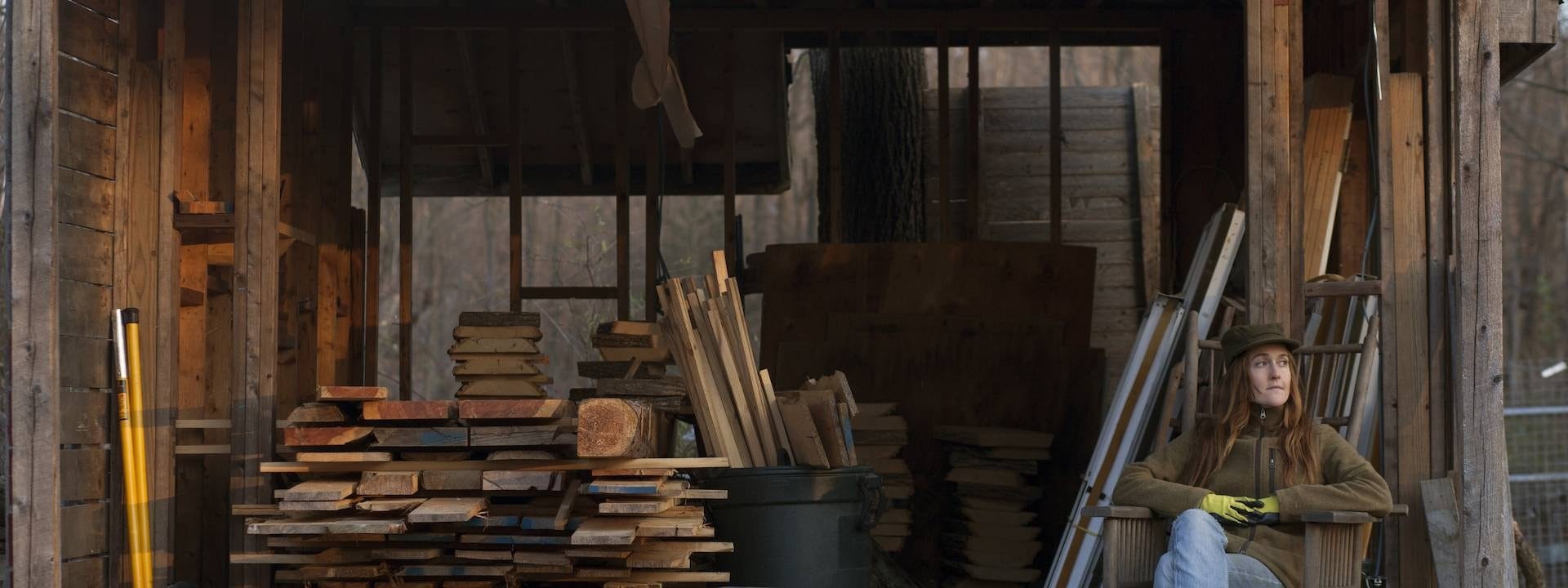
New York Heartwoods è un'impresa sociale di proprietà di una donna con sede a Warwick, New York. L'impresa è stata fondata nel 2010 con la missione di rigenerare la vitalità delle foreste e massimizzare il valore degli alberi "di scarto". Uno dei co-fondatori dell'impresa, Megan Offner, condivide la sua visione di nuove nicchie di mercato create dall'economia emergente del legno urbano.
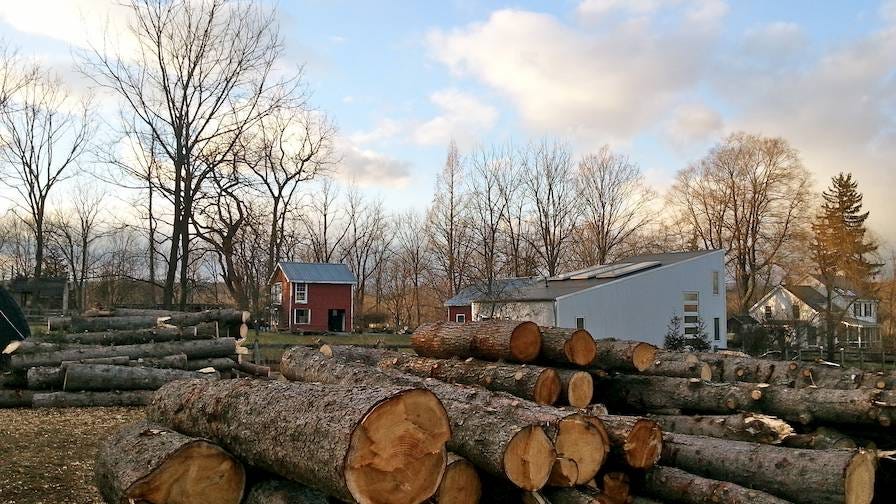

New York Heartwoods (NYH) è iniziata nel 2010, con l'aiuto di una segatronchi portatile Wood-Mizer LT40 Hydraulic. Abbiamo sviluppato il nostro piano per gestire e raccogliere gli alberi quando ci siamo resi conto di quanti alberi stavano cadendo, morendo e venivano rimossi dagli arboricoltori.


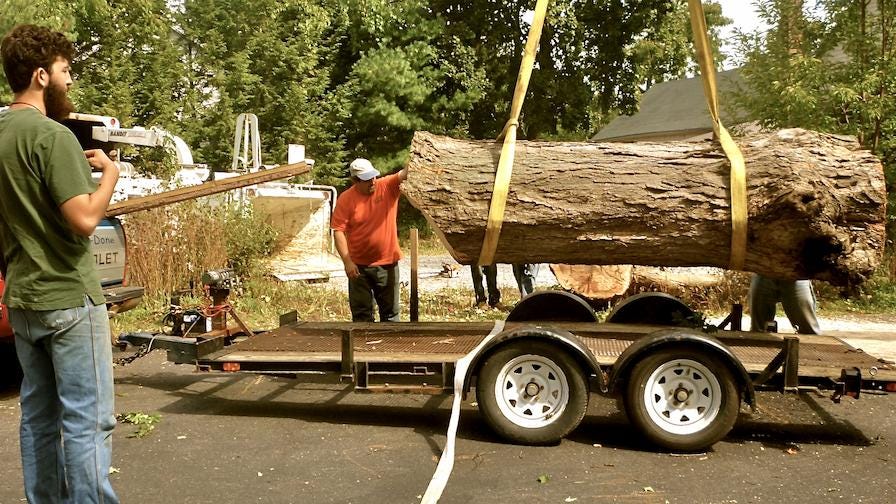

Molteplici tempeste e numerose epidemie di insetti invasivi hanno portato a sfide senza precedenti per le nostre foreste e comunità, mentre i budget dei comuni e dei proprietari terrieri sono estesi con le ripetute rimozioni di alberi abbattuti o morenti. Le discariche in tutto il paese stanno lottando per tenere il passo con la quantità di rifiuti di legno che viene generata e, allo stesso tempo, le persone hanno bisogno di lavoro e le comunità si stanno evolvendo per diventare più resilienti. Lavorando il legno urbano, partecipiamo alla creazione di soluzioni:
- riduzione delle spese di smaltimento del legno,
- reindirizzare un materiale prezioso dal nostro flusso di rifiuti,
- riduzione delle emissioni di gas serra,
- alimentare la domanda di prodotti legnosi locali,
- e la crescita di una nuova eccitante economia.
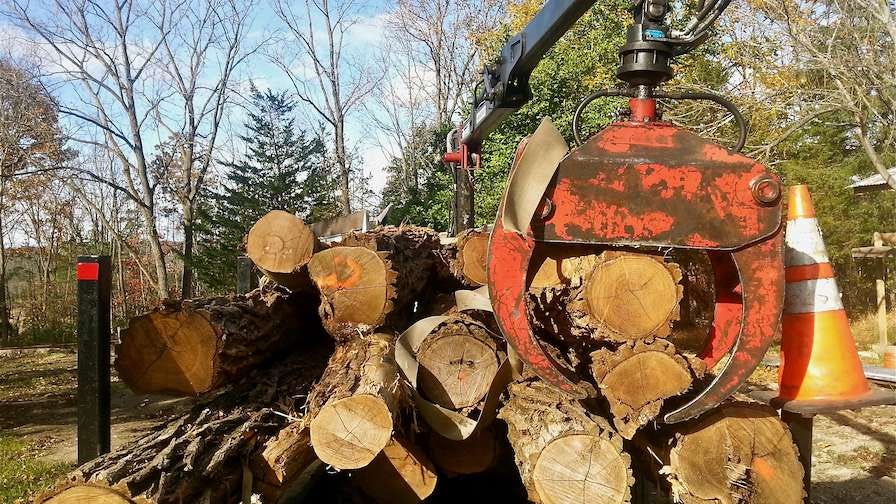



Le relazioni con la comunità sono la chiave sia dell'offerta che della domanda. A causa di eventi meteorologici annuali come uragani e tempeste insieme all'arrivo di parassiti, abbiamo a disposizione più tavole e tronchi di quanti siamo attrezzati per lavovarli. La raccolta dei tronchi da soli è laboriosa e quindi, nella maggior parte dei casi, proibitiva in termini di costi per la nostra scala. Lavorando con le segatronchi a contratto, possiamo far consegnare i tronchi che non vengono utilizzati gratuitamente o, al massimo, al costo della benzina e del tempo del conducente.


Oltre ai servizi delle segatronchi a contratto che forniscono sia tronchi che clienti per l'acquisto di legname, ci sono proprietari terrieri, istituzioni, fondi fondiari, il Dipartimento dei trasporti, società di servizi pubblici, gestori di terreni municipali e funzionari locali. Abbiamo scoperto che quest'ultimo è un collegamento particolarmente fruttuoso in quanto controlla ciò che l'arboricoltore a contratto fa con gli alberi della città. Poiché la maggior parte dei paesi e delle città è gravata dall'aumento dei costi per i servizi in tutta la città, dalla diminuzione dei ricavi, dall'aumento dei costi delle discariche e dalla diminuzione dello spazio in discarica, il reindirizzamento dei tronchi crea soluzioni di gestione dei rifiuti e riduce le spese di pulizia delle tempeste, che possono generare legna per panchine, tavoli da picnic, recinzioni, pavimenti e armadi per edifici cittadini. La capacità di migliorare i problemi locali creando al contempo legname prezioso può portare a contratti e risorse comunali che sosterranno sia l'offerta di tronchi che la domanda di prodotti.
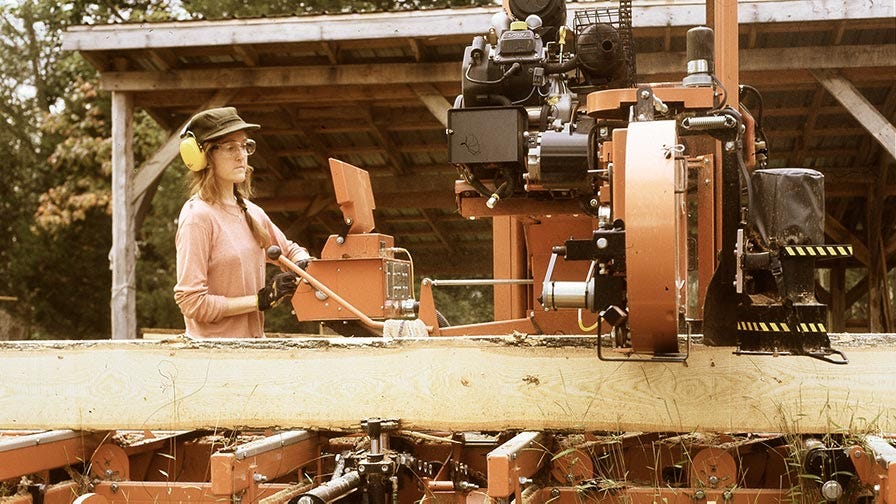

Le segatronchi a nastro portatili hanno un grande vantaggio rispetto alle grandi seghe circolari quando si lavora con alberi urbani. La loro capacità di recarsi nei siti può eliminare le sfide logistiche e le spese di trasporto o smaltimento dei tronchi.
Ad esempio, dopo che le discariche dell'uragano Sandy erano a pieno regime, così tante città e paesi dello Stato di New York hanno designato parcheggi per l'allestimento dei tronchi. I segatori locali sono stati invitati a venire a tagliare ciò che volevano gratuitamente e, nonostante ciò, ci sono voluti mesi prima che molti di quei cumuli diminuissero. La possibilità di colpire il metallo, comune negli alberi urbani, è troppo costosa e, quindi, questo è un rischio per le segatronchi circolari commerciali. Il metallo può smussare o addirittura frenare le lame, ma poiché le lame a banda stretta sono economiche e facili da affilare, quel valore può essere recuperato con un'adeguata commercializzazione della storia dell'albero e del carattere del legno.
Gli alberi urbani hanno generalmente rami più bassi e contengono metallo o altri oggetti estranei, creando nodi, colori e grana drammatici. Queste caratteristiche uniche, insieme alla storia dell'albero, sono desiderabili da artigiani, fabbricanti, interior designer e architetti per la creazione di mobili, pavimenti e altri prodotti personalizzati. Documentare la storia dell'albero e fornire immagini della sua trasformazione in prodotti finiti aggiunge valore rendendolo più significativo per l'acquirente. Ogni industria utilizza il legno in qualche modo, il che porta a una moltitudine di possibilità di mercato di nicchia.
Man mano che la nostra popolazione cresce, cresce anche la quantità di terreno urbano. Secondo il Journal of Forestry, entro il 2050 la quantità di aree urbanizzate negli Stati Uniti dovrebbe aumentare dal 3,1% nel 2000 all'8,1%, per un totale di 392.400 km, che è più grande dello stato del Montana. In questo modo aumenterà anche la produzione e vendita di legno urbano e ci sarà una maggiore integrazione nei sistemi di gestione comunali.
Per maggiori informazioni visitare www.newyorkheartwoods.com
